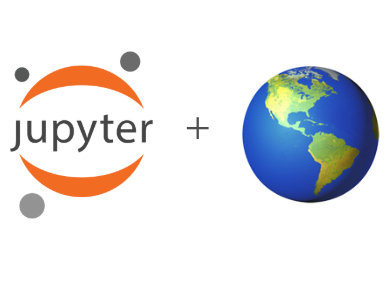Search for ideas¶
Good research always starts with a good idea. Finding a good idea requires reading and thinking, which is usually the first step for a research project.
From an idea to a plan¶
One day we noticed this paper written by [HTL+21]: https://www.sciencedirect.com/science/article/pii/S2666017220300122. It introduces an algorithm called DDA-ice for analyzing crevasse morphology using ICESat-2 laser altimetry data. This looks useful because glacier crevasses can influence glacier hydrology, dynamics, and mass balance through multiple processes (e.g., [CRA+16]). This paper seeks to prove that ICESat-2 data can monitor crevasse evolution on the glacier surface. We wonder if we can use DDA-ice or a similar tool and analyze the glaciers in our study area.
Challenges¶
However, the authors did not release a copy of their DDA-ice package along with the paper. We typically have two solutions for this issue:
Email the corresponding author and ask for the software and the documentation. Perhaps for future collaboration as well. This might ensure that the software and the previous work can be best credited and the research quality using this package. However, it takes time for researchers to communicate in person or over email, and the development of software and the data analysis might be slow compared to the data collection rate.
Adopt the ideas from the paper and develop your own code for the same purpose (crevasse analysis). This is usually more time-consuming than the first method, regardless of the skill level of the researchers. Also, there will be a lot of effort we need to do with this new package to avoid inventing the wheel the third time, such as publishing software, quality assessment, and writing document. Despite this additional work, this approach might improve the research efficiency and community-based development for this particular tool if a suitable sharing scheme is established.
Jupyter tools aim to provide such a scheme. The open-source tools in this ecosystem help make your work (including text, data, figures, and code) reusable, reproducible, and easily accessible to other researchers.
Goals¶
For this toy workflow, we attempt to achieve these goals:
Using the ideas from [HTL+21], Develop a research workflow for analyzing glacier crevasse morphology using Jupyter tools.
Reproduce Figure 6a of the same paper using the same data source: ICESat-2 data over Negribreen, Svalbard, measured on August 5, 2019.
Document each step in the workflow and make them as accessible and reproducible as possible.
Fig. 1 Figure 6a from [HTL+21] showing the elevation profile along a particular ICESat-2 track and identification of glacier crevasses.¶
- CRA+16
William Colgan, Harihar Rajaram, Waleed Abdalati, Cheryl McCutchan, Ruth Mottram, Mahsa S. Moussavi, and Shane Grigsby. Glacier crevasses: Observations, models, and mass balance implications. Reviews of Geophysics, 54(1):119–161, mar 2016. URL: http://doi.wiley.com/10.1002/2015RG000504, doi:10.1002/2015RG000504.
- HTL+21(1,2,3)
Ute C. Herzfeld, Thomas Trantow, Matthew Lawson, Jacob Hans, and Gavin Medley. Surface heights and crevasse morphologies of surging and fast-moving glaciers from ICESat-2 laser altimeter data - Application of the density-dimension algorithm (DDA-ice) and evaluation using airborne altimeter and Planet SkySat data. Science of Remote Sensing, 3(May 2020):100013, 2021. URL: https://doi.org/10.1016/j.srs.2020.100013, doi:10.1016/j.srs.2020.100013.
